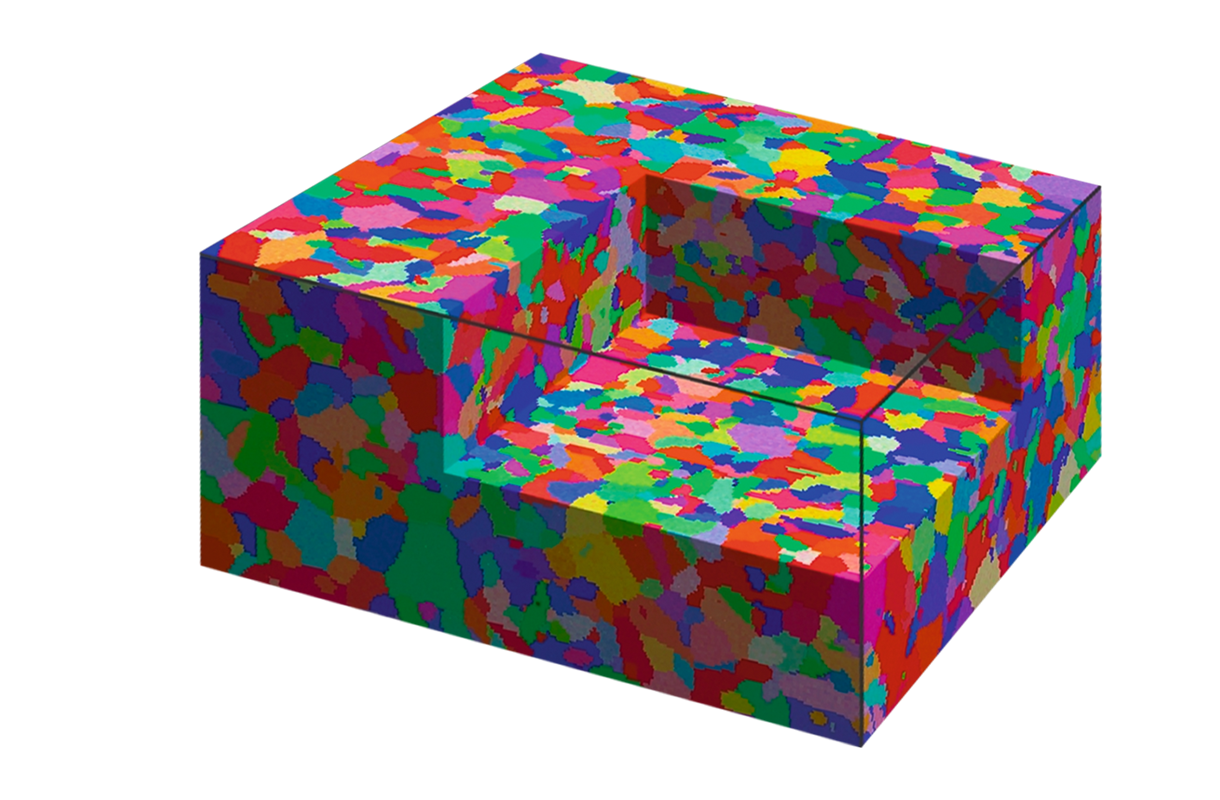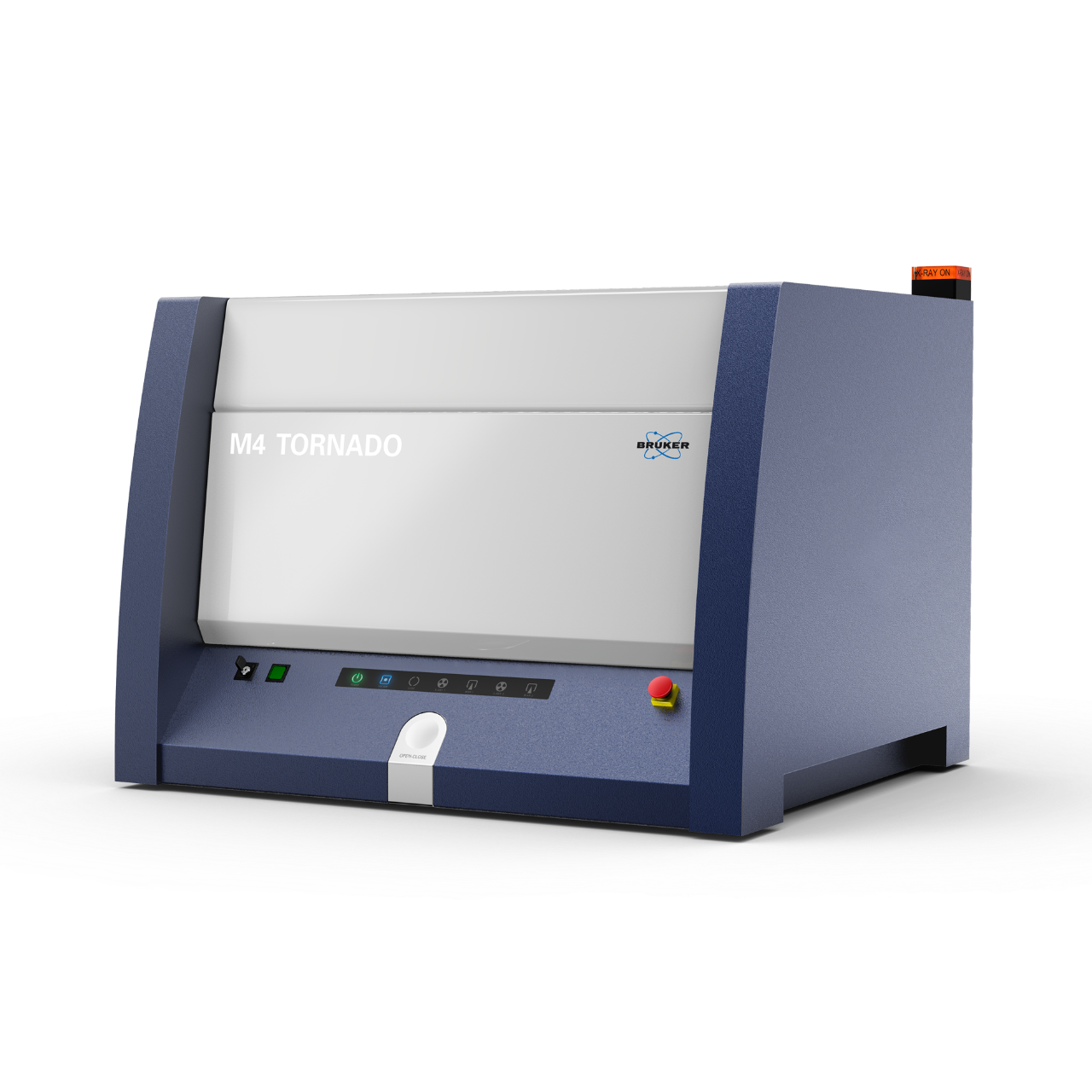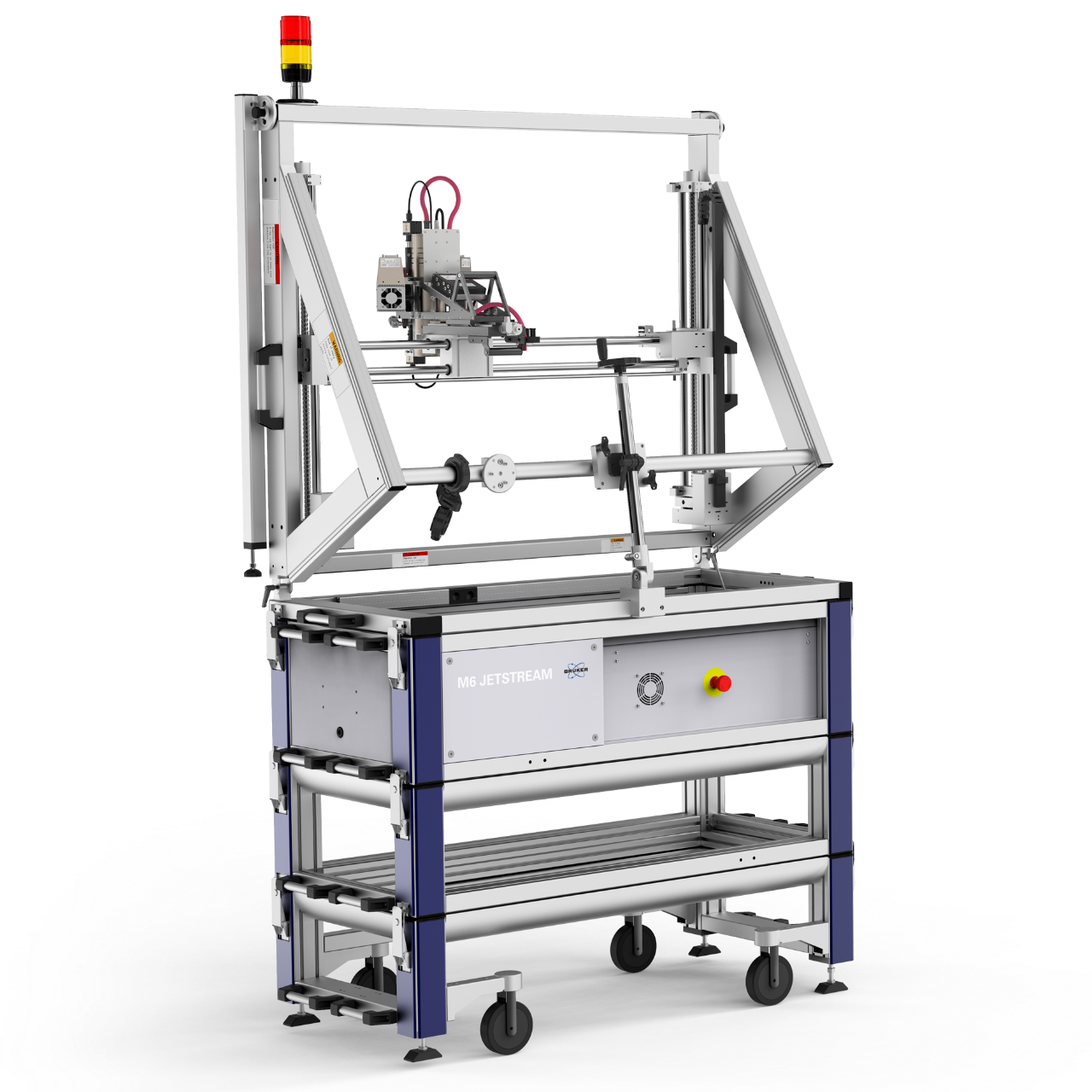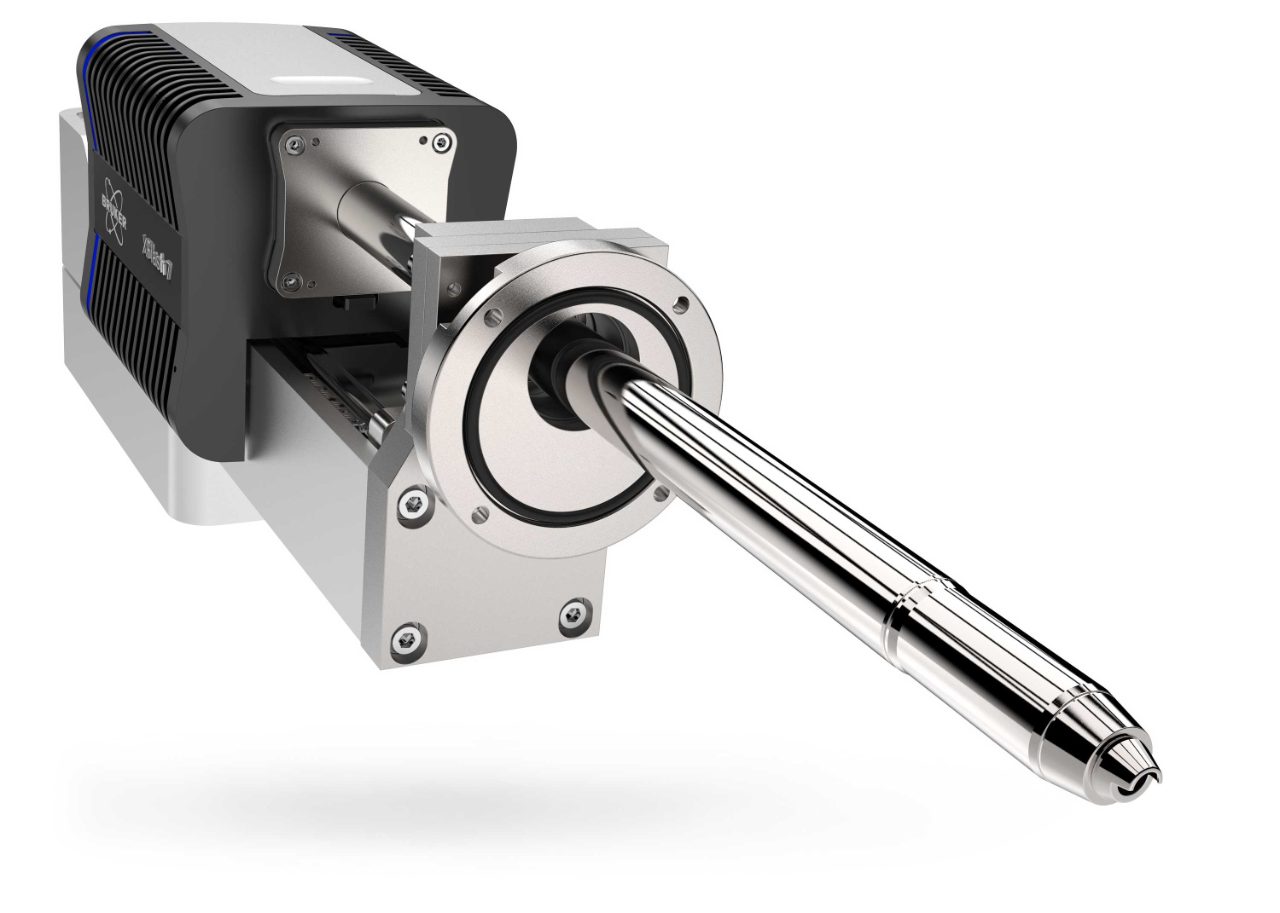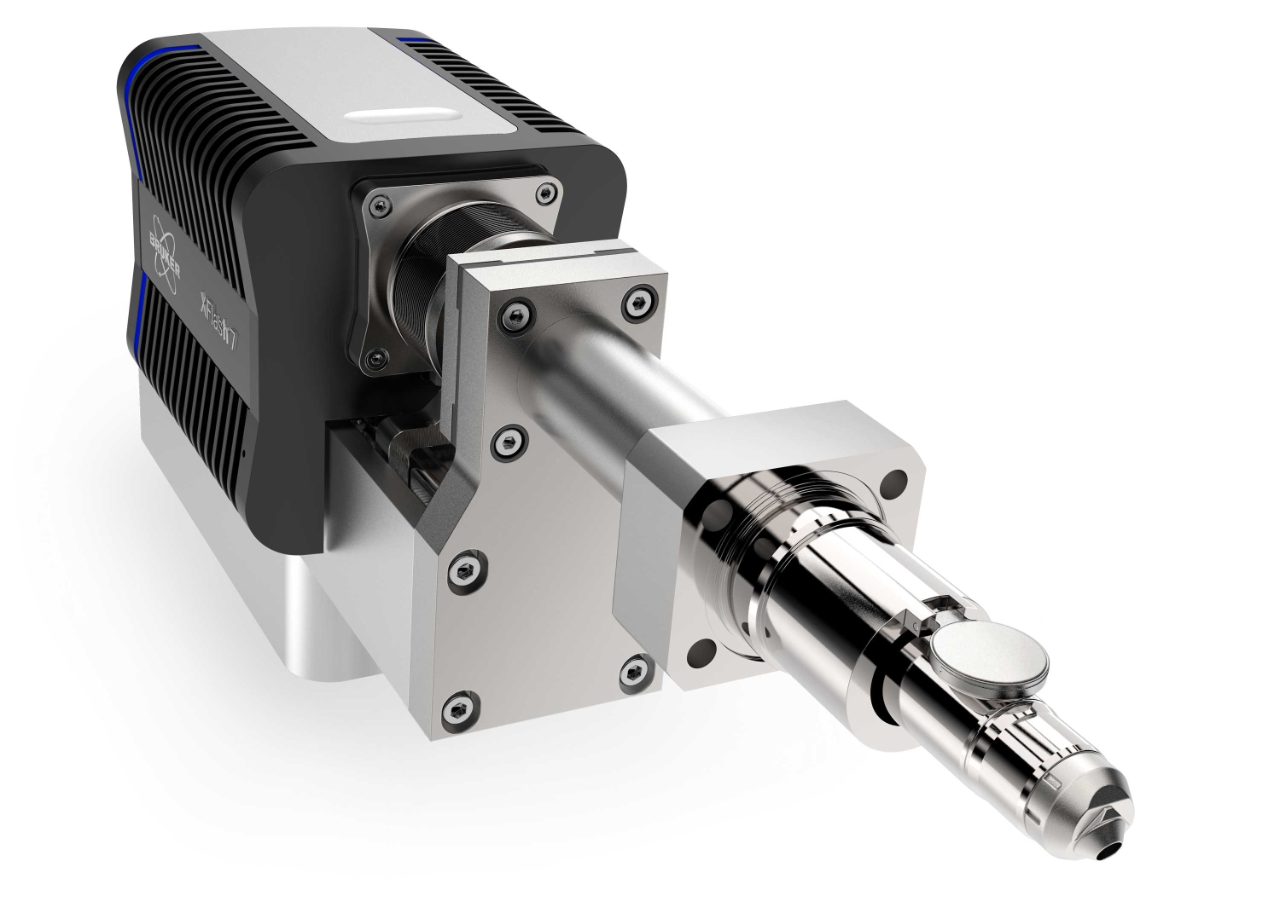Elemental Mapping for Paleontology and Paleobiologic Studies
Elemental mapping can open new frontiers in paleontology and paleobiology by providing spatial geochemical distribution. Micro-XRF and x-ray microanalysis are non-destructive technologies that map elemental concentrations, allowing analysis of even sensitive samples.
Elemental mapping can open new frontiers in paleontology and paleobiology by providing spatial geochemical distributions. Micro-XRF and X-ray microanalysis are element mapping technologies that allow non-destructive analysis of even the most sensitive samples. For example:
- Identify calcareous fossils in-situ to reduce selection bias from methods that free fossils from rocks with acid digestions
- Visualize elemental signatures left behind by soft tissue and fluids
- Separate fossil from host rock using trace elements; for example, bone from concretions using the concentration of phosphorus
- Highlight structural details not otherwise visible, such as features defined by slight variations in elemental content
- Understand fossilization and diagenesis, through identification of replacement minerals, minerals filling structures and neomorphism
- Identification and analysis of microfacies and environments of deposition
- Identify trace fossils, visualize details of structure and classify icnoassemblages based on trace element variations in sediment
Large area elemental map collected with the M6 JETSTREAM of troodontid dinosaur Jianianhualong tengi, an Early Cretaceous theropod from China. Enrichment in Sr and other trace elements, likely from secondary mineralization, enables researchers to easily differentiate fossil bone from the surrounding rock.
Detail of a M6 JETSTREAM elemental map of troodontid dinosaur Jianianhualong tengi. The details of Sr variation allow for the visualization of detailed fossil structure.
Elemental map of a fossil fish from the Green River Formation, Wyoming (USA).
Elemental map from an M4 TORNADO of a fossil bat collected in the Messel Pit, Germany. Spatial variations in chemistry could highlight variation in the original sedimentary material or even the possible outline of soft tissue.
Key Publications
Plet, C., Grice, K., Pagès, A., Verrall, M., Coolen, M. J., Ruebsam, W., ... & Schwark, L.
Scientific Reports, 7(1), 1-10, 2017
Reolid, Jesús, and Matías Reolid
Palaeogeography, Palaeoclimatology, Palaeoecology 538: 109456, 2020
